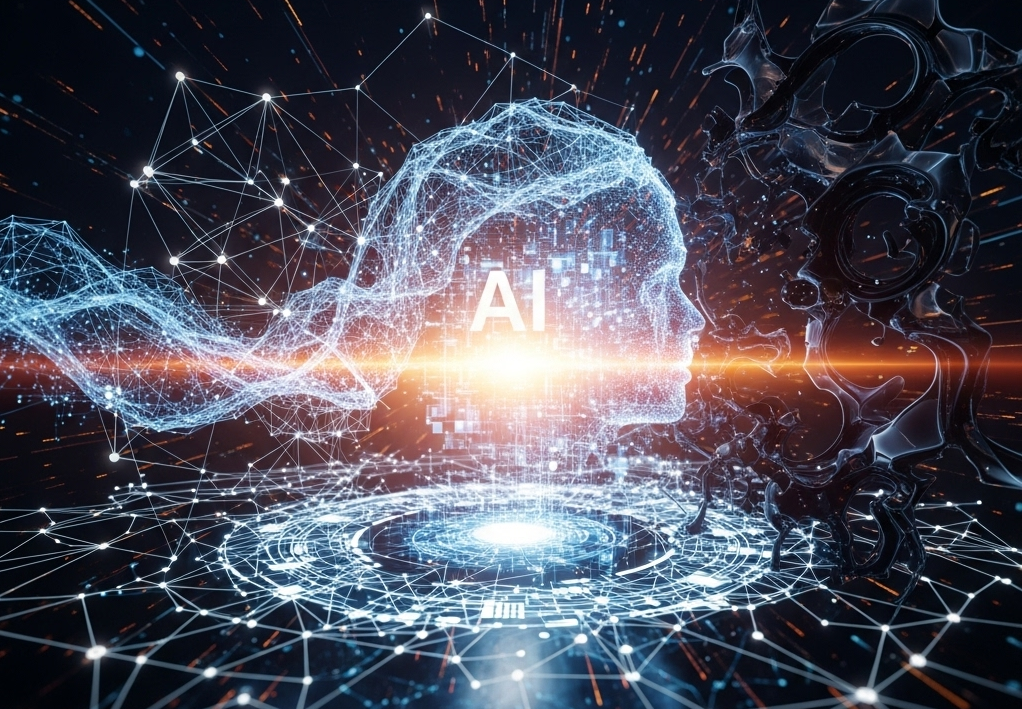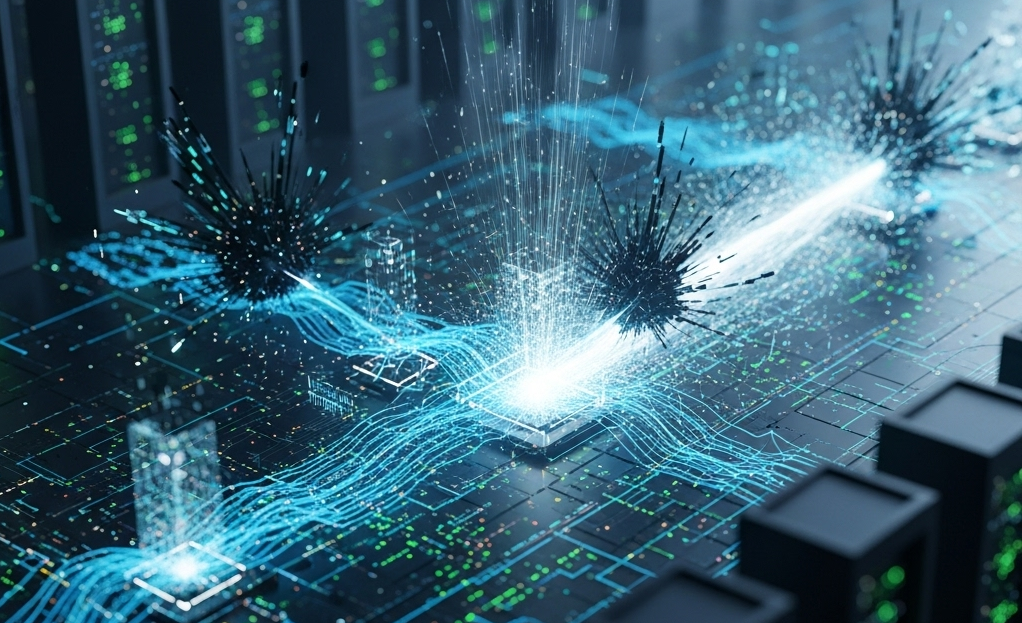The Sentinel in the Circuits: The Indispensable Role of AI in Modern Cybersecurity Defenses
In an era defined by pervasive digital connectivity, the cybersecurity landscape has transformed into a complex and ever-shifting battlefield.
The sheer volume of data, the increasing sophistication of cyber threats, and the lightning speed of attacks have overwhelmed traditional human-centric defenses. Amidst this formidable challenge, Artificial Intelligence (AI) has emerged as a transformative force, stepping into the role of the silent sentinel, offering unparalleled capabilities in threat detection, prevention, and response. AI is rapidly becoming not just a valuable tool, but an indispensable component of effective modern cybersecurity.

AI's Core Capabilities: A Multi-faceted Defense
AI's power in cybersecurity stems from its ability to process, analyze, and learn from massive datasets at speeds far beyond human capacity. This enables a multi-faceted defense:
Enhanced Threat Detection:
At its core, AI excels at anomaly detection. Machine learning algorithms can learn "normal" network and user behavior, immediately flagging any deviation as suspicious. This behavioral analytics allows AI to identify emerging threats, including sophisticated zero-day attacks that bypass traditional signature-based detection. AI can forecast potential threats by analyzing historical data and trends, shifting cybersecurity from a reactive to a proactive stance.
Automated Incident Response:
When a threat is detected, time is of the essence. AI-driven systems can initiate rapid containment by automatically isolating compromised systems or blocking malicious traffic. Through orchestration and automation, AI streamlines security operations, reducing the manual burden on human analysts and enabling swift, decisive action to mitigate an attack's impact.
Vulnerability Management:
AI can systematically scan and analyze systems and applications to identify weaknesses and potential vulnerabilities. By correlating data from various sources, AI can prioritize patching and remediation efforts, ensuring critical vulnerabilities are addressed first.
Malware Analysis and Prevention:
The volume and evolution of malware are staggering. AI's ability to analyze and classify new and evolving malware, including polymorphic variants that constantly change their code, is crucial. It can proactively identify and defend against never-before-seen threats.
Phishing and Social Engineering Detection:
Phishing remains a primary attack vector. AI algorithms can analyze email content, sender behavior, and URLs to detect sophisticated phishing attempts. They can also identify subtle social engineering tactics, protecting users from manipulation.
The Unmistakable Advantages of AI in Cybersecurity
- Speed and Scale: AI can process and analyze petabytes of data in real-time, responding to threats at machine speed. This unparalleled scale is critical in today's fast-moving threat landscape.
- Accuracy and Reduced False Positives: By learning from vast amounts of data and continually refining its models, AI can achieve higher accuracy in threat identification, leading to a significant reduction in false positives that often plague traditional security systems and lead to "alert fatigue" for human analysts.
- Adaptability and Learning: Cyber threats are constantly evolving. AI systems are designed to learn and adapt, allowing them to stay ahead of new attack techniques and zero-day exploits.
- Resource Optimization: By automating repetitive tasks and providing highly accurate threat intelligence, AI frees up valuable human security analysts to focus on more complex strategic initiatives and investigations.

Navigating the Challenges and Considerations
- Bias in AI Models: AI models are only as good as the data they are trained on. If this data is biased, the AI could perpetuate or even create new vulnerabilities, leading to inaccurate detections or misprioritization of threats.
- Adversarial AI: A growing concern is the rise of adversarial AI, where malicious actors deliberately attempt to manipulate or bypass AI defenses through deceptive inputs. This creates an ongoing "AI arms race" between attackers and defenders.
- Cost and Complexity of Implementation: Implementing sophisticated AI cybersecurity solutions can involve significant initial investment in infrastructure, talent, and integration with existing systems.
- Ethical Considerations and Privacy: AI systems often rely on extensive data collection and behavioral analysis, raising valid concerns about data privacy and ethical implications of widespread surveillance. Striking a balance between robust security and individual privacy is paramount.
- The Human Element: Crucially, AI is an augmentation, not a replacement, for human expertise. Cybersecurity professionals remain essential for strategic decision-making, incident response orchestration, and interpreting complex AI insights.
The Future: A More Secure Digital Horizon
The future of AI in cybersecurity is poised for even greater integration and sophistication. We can anticipate:
- Proactive and Self-Healing Security Systems: AI will increasingly enable security systems that not only detect threats but also proactively predict potential attack paths and automatically self-heal vulnerabilities.
- Integration with Emerging Technologies: The synergy of AI with other cutting-edge technologies like blockchain for secure data integrity and quantum computing for enhanced cryptographic defenses will usher in a new era of cyber resilience.
- Enhanced Human-AI Collaboration: The future will see more seamless collaboration between AI systems and human experts, where AI handles the heavy lifting of data analysis and automated responses, while humans provide critical oversight, strategic direction, and nuanced decision-making.
In conclusion, Artificial Intelligence has undeniably revolutionized modern cybersecurity defenses. Its unparalleled capabilities in threat detection, automated response, and predictive analytics have become indispensable in safeguarding our increasingly interconnected digital world. While challenges remain, continued research, responsible development, and strategic implementation of AI will be crucial in building a more secure and resilient digital future for all.